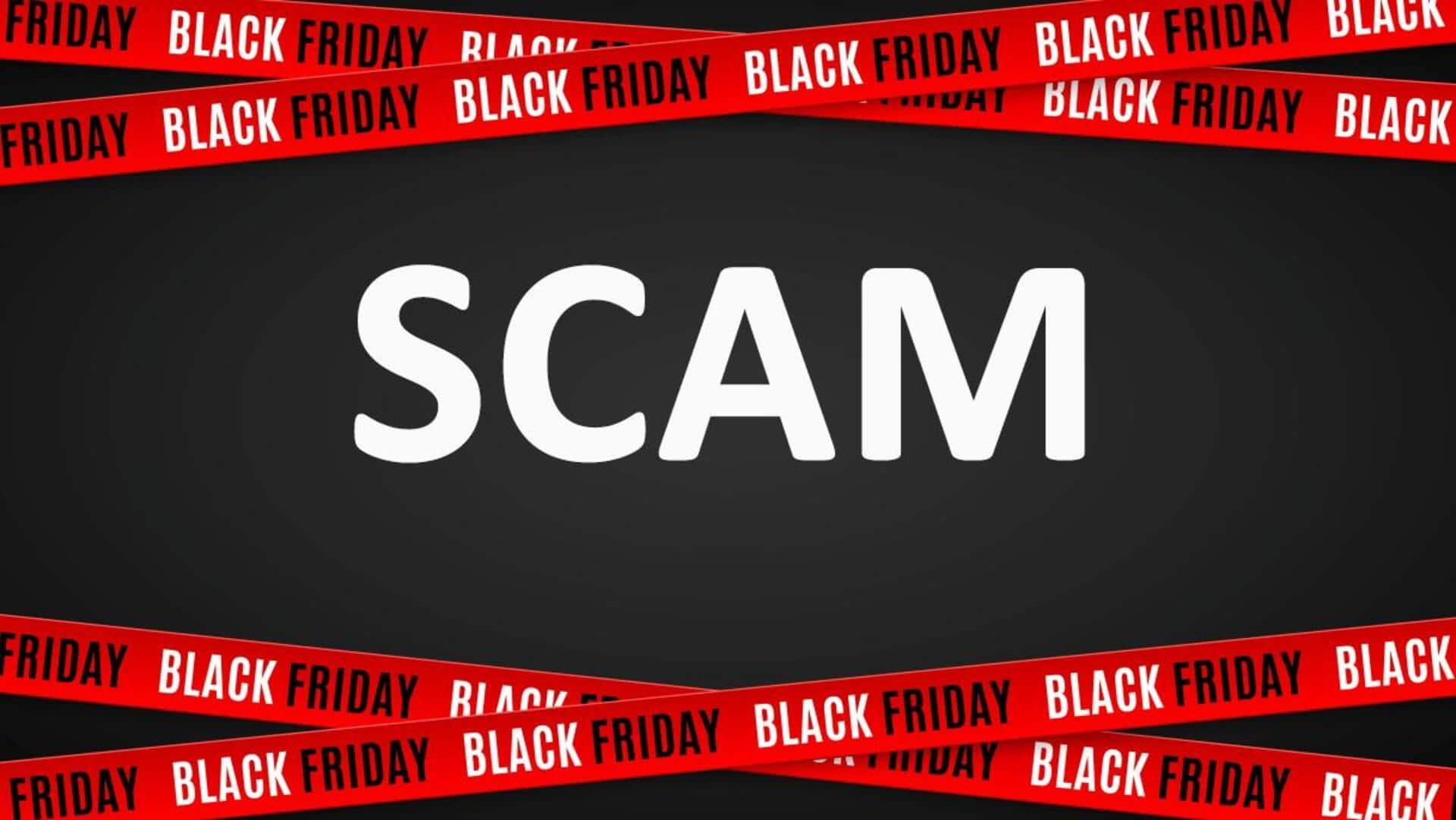
Black Friday scam alert! 2,000+ fake Amazon, Samsung sites detected
What's the story
As the holiday shopping season heats up, a new report from cybersecurity firm CloudSEK has warned of a massive spike in fraudulent online stores. The scammers are targeting Black Friday and year-end festive sales by creating over 2,000 holiday-themed scam websites that mimic popular retail brands. These fake stores closely resemble well-known retailers and use tactics like recycled holiday layouts and countdown clocks to create urgency.
Scam strategies
Cybercriminals' tactics and impact
The fake stores use trust badges and pop-ups that simulate recent purchases to create urgency. They collect payment and personal information while rerouting transactions through attacker-controlled checkout pages, enabling silent but effective financial theft. CloudSEK's report highlights two major clusters of these scams. The first one has over 750 connected fake storefronts, including more than 170 Amazon-themed typosquatted domains.
Scam network
Second cluster and their operation
The second cluster consists of over 1,000 domains registered under the .shop extension. They impersonate brands like Samsung, Jo Malone, Ray-Ban, Xiaomi among others. These pages follow a standardized Black Friday/Cyber Monday template and use the same spoofed checkout flow as the first cluster. This indicates that these scams are part of a mass-produced phishing kit designed to trick unsuspecting consumers into giving away their personal information or money.
Promotion tactics
How scammers promote their fraudulent sites
CloudSEK's analysis shows that these fake domains are pushed through short, fast-moving social media advertisements and search engine manipulation. They may even be circulated on WhatsApp and Telegram groups. This makes it more likely for unsuspecting consumers to stumble upon these fake shops before legitimate brand sites. The firm estimates each fraudulent store could draw several hundred visitors in a short span, converting 3%-8% of them through heavy-pressure tactics.
Scam impact
Implications of these scams on consumers and brands
Security researcher Ibrahim Saify has warned that these schemes could lead to major consumer losses and damage trust in e-commerce during the busiest shopping period of the year. Victims also risk long-term consequences such as identity theft due to insecure data handling. Meanwhile, brands face reputational damage, increased support costs, and lost sales as shoppers are lured away by fraudulent lookalike sites.
Scam prevention
How to identify and avoid these scams
Consumers are advised to be wary of unrealistic discounts of 70%-90%, flashy countdown timers, misspelled or unusual URLs, fake trust seals, checkout pages that redirect to unfamiliar domains, generic layouts repeated across different "stores," and lack of verified customer support information. The safest way is to shop through official brand websites/apps or trusted retailers.
Scam response
Recommendations for businesses and regulators
CloudSEK recommends businesses in retail, electronics, beauty and lifestyle sectors to monitor new domain registrations. They should also watch out for impersonation attempts and set up rapid takedown mechanisms. The organization also suggests regulators and cybersecurity bodies improve monitoring of high-risk hosting networks, work with advertising platforms to block scam campaigns. They should also raise public awareness about these scams.